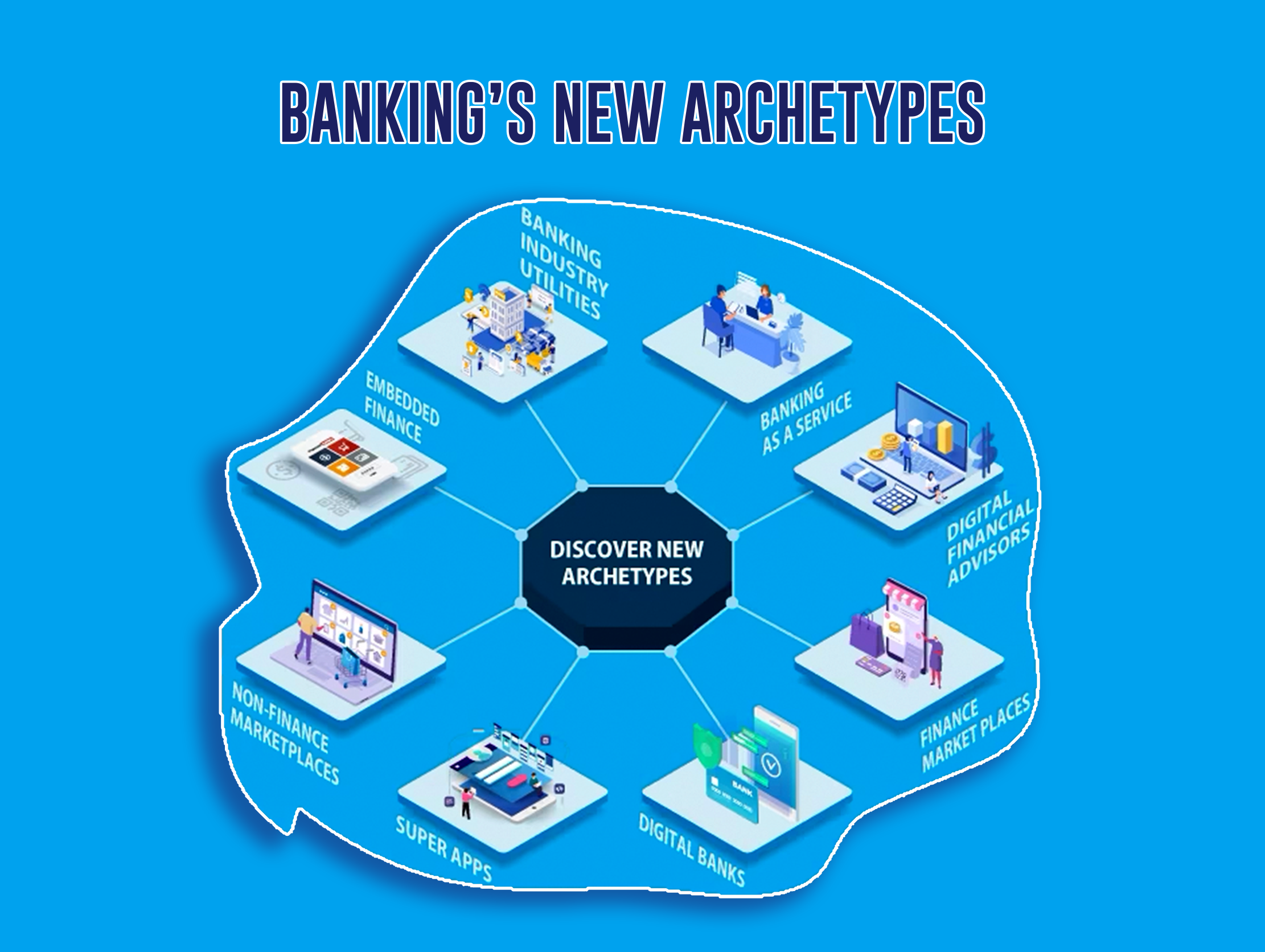Innovation has become the cornerstone for institutions aiming to stay ahead in the rapidly evolving banking landscape. The transformation of traditional banking models is not merely a trend but a necessity driven by technological advancements, changing consumer expectations, and the imperative to remain competitive. This blog explores the profound impact of banking innovations by reshaping traditional models and showcasing examples, facts, and figures that underscore the industry’s trajectory.
Traditional banking models are facing a pivotal moment. The need for innovation has become a strategic choice and a crucial factor for sustained growth and enhanced customer experiences.
The Landscape of Traditional Banking
Traditional banking models, characterized by brick-and-mortar branches and conventional service delivery, are grappling with the challenges posed by fintech disruptors and changing consumer preferences. While these models have been the bedrock of the financial industry for decades, their inherent limitations in agility and responsiveness are becoming more apparent.
Evolving Customer Expectations
Customers today demand more than just transactional services from their banks. They seek seamless digital experiences, personalized services, and real-time solutions. The traditional models, often burdened by legacy systems and processes, need help to meet these evolving expectations, creating a clear impetus for innovation.
Innovation for Growth
Digital Transformation as a Catalyst
Digital transformation stands out as a catalyst for innovating traditional banking models. Embracing technologies such as AI, ML, and BDA enables banks to streamline operations, enhance efficiency, and offer personalized services. According to a report by Accenture, digital transformation can increase revenues for traditional banks by up to 34% by 2022.
Fintech Collaboration
Collaboration with fintech entities is another avenue for injecting innovation into traditional models. Fintech firms, often characterized by agility and a focus on niche solutions, can complement conventional banks by providing specialized services such as robo-advisory, blockchain-based solutions, and peer-to-peer lending.
Enhancing Customer Experience
Personalization and Omnichannel Experiences
Innovating traditional banking models is about adopting new technologies and crafting superior customer experiences. Personalization, facilitated by data-driven insights, allows banks to tailor their offerings to individual preferences. Additionally, embracing omnichannel experiences ensures customers can seamlessly transition between physical and digital channels.
Case in Point: JPMorgan Chase
JPMorgan Chase provides a notable example of a traditional bank leveraging innovation for customer experience. Through its digital initiatives like the Chase Mobile app and robust online banking services, JPMorgan has successfully integrated digital convenience into its traditional banking model, enhancing customer satisfaction.
While the imperative for innovation is clear, challenges abound. Legacy systems, regulatory constraints, and the need for cultural shifts within organizations can pose obstacles. However, banks that successfully navigate these challenges stand to increase their operational efficiency and the ability to attract and retain a digitally savvy customer base.
Embracing Digital Banking Innovations
Digital Banking Transformation Statistics
The adoption of digital banking is witnessing an unprecedented surge. According to a recent survey by Statista, global digital banking users are expected to reach 4.2 billion by 2026. This statistic highlights the undeniable shift in consumer preferences toward digital channels for banking needs.

DBS Bank
DBS Bank exemplifies the power of digital banking transformation. Named the “World’s Best Bank” by Euromoney, DBS has prioritized customer-centric digital innovations. Their digibank platform, offering paperless, branchless, and signature-less banking, has garnered over 3 million customers, showcasing the tangible success of embracing digital models.
Major Enablers for Business Model Innovations in BFSI
Banking Transformation Services
Banking transformation services play a pivotal role in enabling business model innovations. A study by Deloitte emphasizes the significance of strategic transformation initiatives, with 79% of banking executives considering transformation a top priority.
Business Model Innovation Statistics
A report by McKinsey highlights that 90% of banking executives surveyed believe that the pandemic accelerated their plans for digital transformation. This reflects a pivotal moment for the industry, pushing institutions to reimagine their business models.
Challenges and Approaches to Success
While the path to banking innovation is promising, challenges persist. Cybersecurity threats, regulatory complexities, and the need for cultural shifts within organizations are hurdles that demand attention. Approaches to success involve fostering a culture of innovation, investing in robust cybersecurity measures, and collaborating with fintech partners to leverage their agility and expertise.
Conclusion
Reshaping traditional banking models is not just an option; it’s a strategic imperative. As banks navigate the complexities of a dynamic landscape, those at the forefront of embracing digital banking innovations and business model transformations will survive and thrive in the new banking era.
About Maveric Systems
Starting in 2000, Maveric Systems is a niche, domain-led Banking Tech specialist partnering with global banks to solve business challenges through emerging technology. 3000+ tech experts use proven frameworks to empower our customers to navigate a rapidly changing environment, enabling sharper definitions of their goals and measures to achieve them.
Across retail, corporate, and wealth management, Maveric accelerates digital transformation through native banking domain expertise, a customer-intimacy-led delivery model, and a vibrant leadership supported by a culture of ownership.
With centers of excellence for Data, Digital, Core Banking, and Quality Engineering, Maveric teams work in 15 countries with regional delivery capabilities in Bangalore, Chennai, Dubai, London, Poland, Riyadh, and Singapore. Get in touch with Maveric Systems today!











